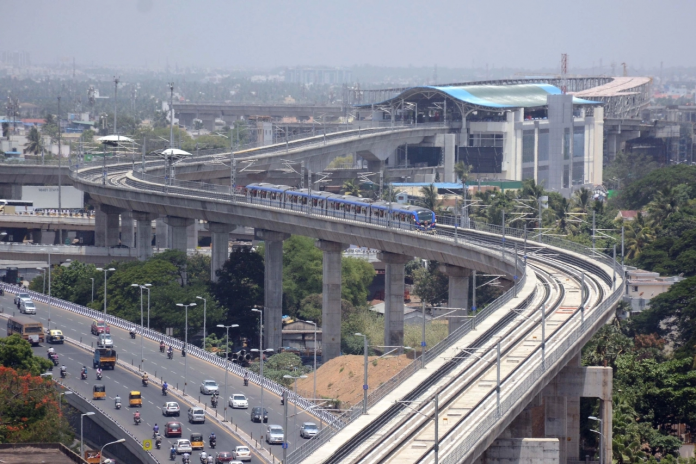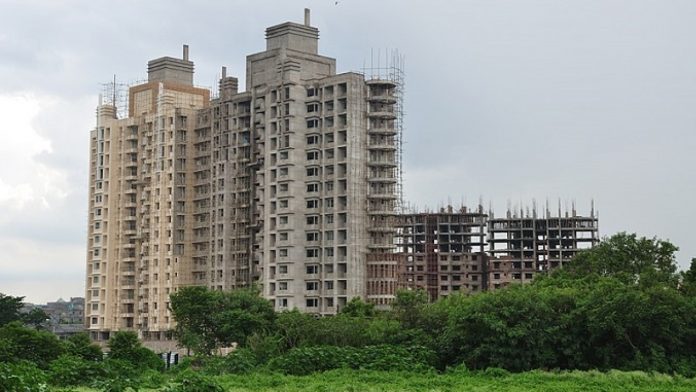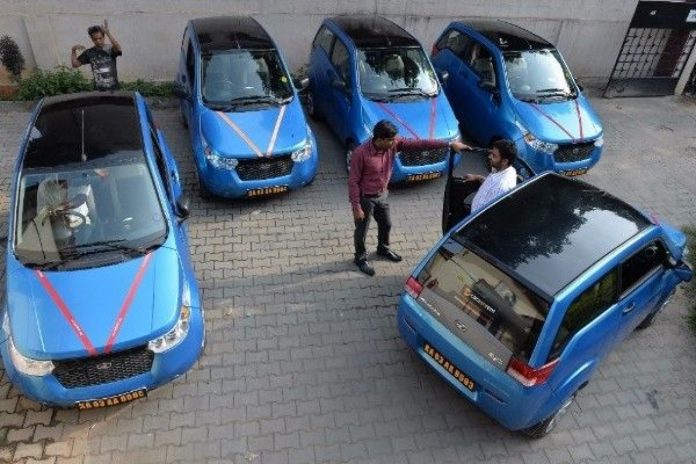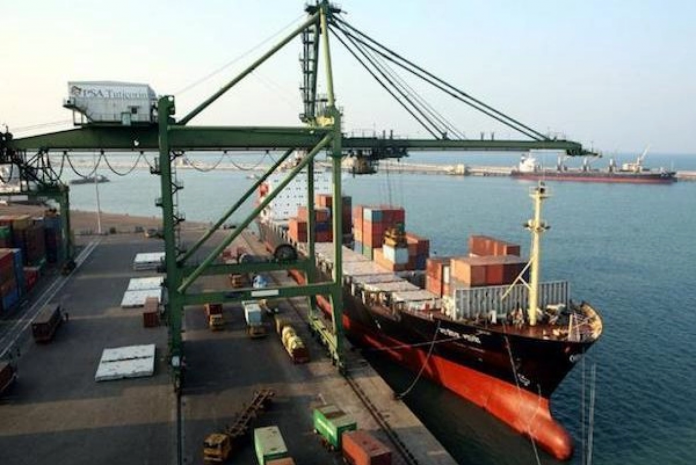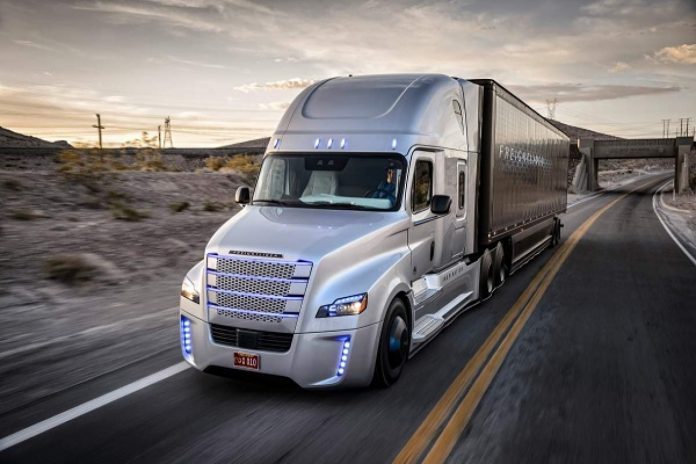Only lithium-ion battery electric vehicles are eligible for subsidy under FAME 2.
The financial daily, quoting Sohinder Gill, Society of Manufacturers of Electric Vehicles Secretary-General, reported that April was a washout for sales of EVs. This month, too, sales will be poor and things are expected to look up only from August.
Gill says that the new incentive norm has actually made electric two-wheelers costlier by Rs 10,000 to Rs 12,000. This has increased the cost gap between electric and petrol two-wheelers. This affects sales of electric two-wheelers given the price sensitivity of the Indian market.
The FAME 2 Policy and Its Incentives
The central government has provided Rs 10,000 crore as outlay till 2022 for FAME 2. The renewed policy includes hybrid vehicles and ones with lithium-ion battery. Of the Rs 10,000 crore, the Government has earmarked Rs 1,000 crore to set up charging stations for EVs.
Another feature of FAME 2 is that it offers incentives for electric buses, three-wheelers and four-wheelers used for commercial purposes.
The allocation of financial resources under FAME 2 will mean that purchases of about 7,000 electric buses would be incentivized to the extent of Rs 3,545 crore, while another 20,000 hybrids would get incentives totalling Rs 26 crore. Purchase of at least 35,000 four-wheelers will be incentivized to the tune of Rs 525 crore and some 500,000 two-wheelers procurement will get incentives totalling Rs 2,500 crore.
The incentives will be given at the rate of Rs 10,000 per kilowatt (kW) for all vehicles based on their batteries size. However, state transport corporations will get Rs 20,000 per kW to encourage more purchases of electric buses.
Innnovation Norway Study
A study by Innovation Norway on “Indian EV Story: Emerging Opportunities” says that India has three key imperatives to implement EVs.
- One of the major issues is reducing its carbon emissions, which EVs could help to cut by as much as 37 per cent.
- Second, demand for power has not matched with the generation of power. A higher number of EVs could help in power grid stability as demand would become stable.
- Third, India depends on crude oil imports to meet its fuel demand. Adoption of EVs, among other things, can help trim its foreign exchange outgo on fuel imports by $60 billion (Rs 4,17,000 crore).
Innovation Norway says that EVs sales in India was 24,000 – 22,000 two-wheelers and 2,000 cars- during 2016-17. PV Magazine reported that sales of electric cars dropped to 1,200 in 2018, though sales of electric two wheelers increased to over 54,000.
Given the sales trend of EVs and the policy push of the Government, Innovation Norway has projected that by 2026 around 10-12 million EVs could be on Indian roads.
FAME 2 Lacuna may Defeat Government’s Objective
However, one of the lacunae of FAME 2 is that subsidy for vehicles depends on the size of the rechargeable battery. The problem is if you want an EV to cover more distance after being fully charged every time, its battery has to be larger or of higher wattage.
The larger the battery, the heavier the vehicle. This, in turn, affects the vehicle’s efficiency and optimal use of the stored power. In addition, traffic is a problem in India slowing down the average speed of vehicles and thus affecting the mileage.
Battery costs make up at least 50 per cent of an electric vehicle’s costs. Therefore, a vehicle with a battery that gives more mileage will be costly too. This will put EVs out of the reach of the common man and thus defeat the objective of the government in promoting them.
For example, a battery pack of a kWh costs $190-205 in the US. The battery pack in a Tesla car could be 85 kWh that could give a range of around 600 km but it will add over 500 kg to the weight of the car. The cost of the battery pack is pushing up the price of Tesla cars.
In India, very few can afford such high costs for an EV. According to Ashok Jhunjhunwala, India’s pioneering research scientist in EVs and a professor in the electrical engineering department at IIT, Madras, the main drawback with FAME 2 is giving subsidy based on battery size, for then only a few people will opt to purchase EVs, definitely not as many as the Government would want to.
In addition, a heavier car in India means slower movement at higher temperatures leading to non-optimal usage of battery power. Moreover, this will make the operation of an EV uneconomical.
Adopting the Battery Swapping System
In an interview to Swarajya, Professor Ashok Jhunjhunwala said that the central government should look at battery swapping as a solution to cutting vehicle costs, reducing the vehicle’s weight and ensuring optimal use of battery power.
The system of battery swapping works like this: when someone wants to buy an EV, s/he buys it without a battery; like the gas cylinder we buy for our homes, the vehicle owner can opt to fit the vehicle with a battery available from any company that participates in the swapping system. The vehicle owner will then pay only for a charged battery that can be swapped at any another service centre. Thus, the owner can operate a vehicle without actually owning the battery fitted in it.
This will not only result in the owner buying a cheaper vehicle but also help in his/her mobility and allow them to travel without worrying about the battery running dry in the middle of a journey.
Professor Jhunjhunwala is of the view that such an approach will result in smaller batteries being produced and the vehicles would become more efficient. In addition, the entire EV system will become more economical.
Such swapping will also save time taken to charge the batteries since the firms running the system would always have charged batteries and owners would just need to drive into the service centres to get the batteries changed. In the normal course, it takes at least 45 minutes to charge the battery fully. Any attempt to speed up charging will make the battery costly and also reduce its life.
Also, a centre running a battery swapping service will charge the batteries at the most ideal temperature, in air-conditioned rooms. In India, a battery could be charged at 45 degree centigrade at some places, thus killing the battery itself!
Change of Perspective Needed for Incentivising Electric Vehicles
Bryce Gaton, an expert with the Australian Electric Vehicles Association, says just 17 parts in an EV replaces an internal combustion engine (ICE) with over 400 parts.
Over a period of time, economies of scale can be achieved resulting in lowering the costs of EVs. EVs also need less servicing and require no value-added consumables like the ICE does. EVs not only improve our environment but also save precious foreign exchange spent on importing fossil fuel. Though costs seem prohibitive now, the situation is expected to ease later.
What is needed is a change of perspective in providing incentives to promote the use of EVs. The current incentives in FAME 2 are based on their battery size; however, there are other better options like battery swapping.
Under such circumstances, it would be prudent for India to revisit the FAME 2 policy to promote battery swapping, which would make the vehicles cheaper, lighter and more economical to use on a large scale.
